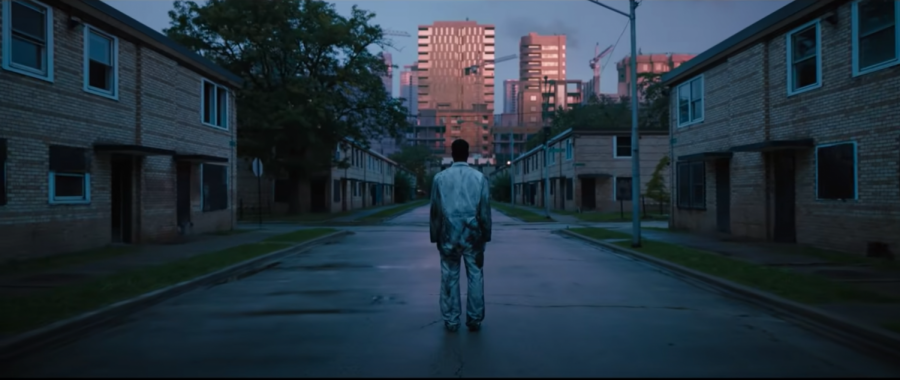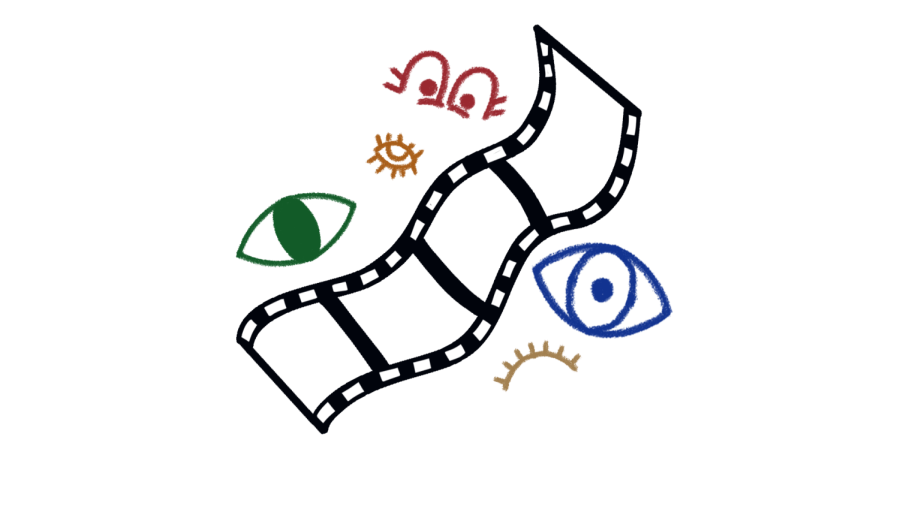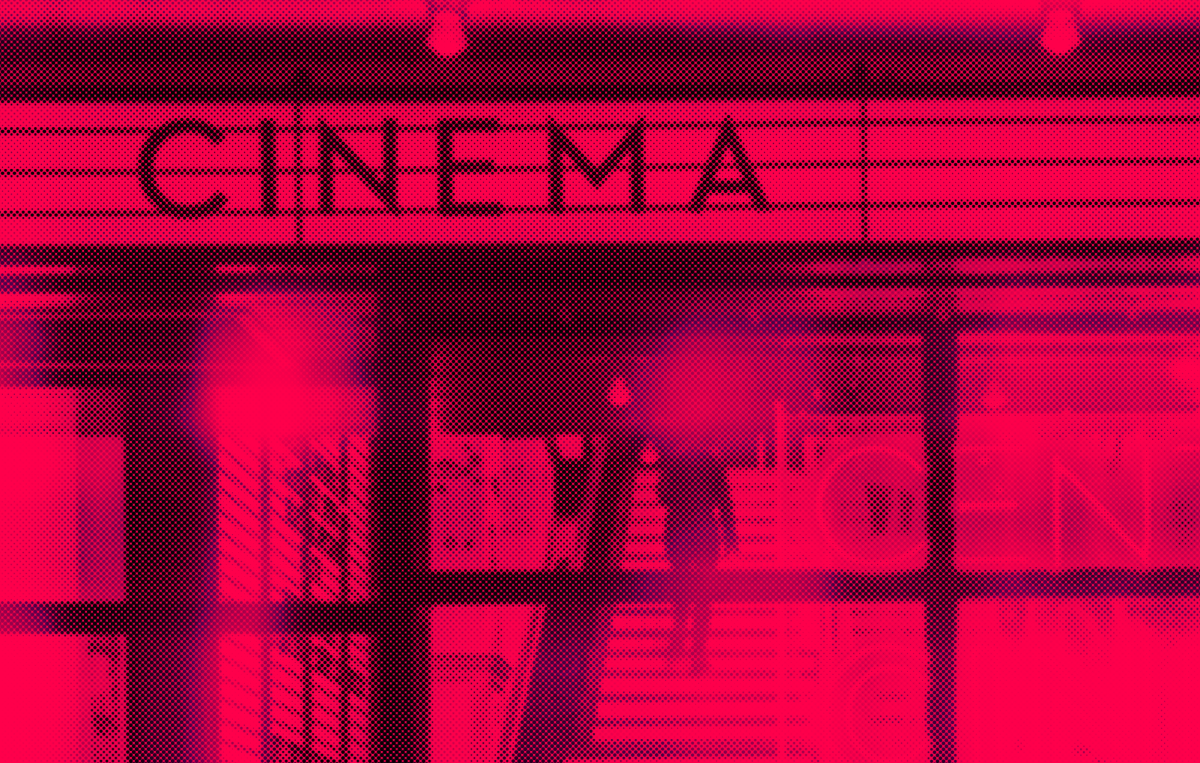‘Candyman’ is Summoned, but Drowns in its Ambition
September 7, 2021
Over the decades, Bernard Rose’s 1992 “Candyman” has been acknowledged as a classic of the horror genre. Nia DaCosta’s newly released “spiritual sequel,” also entitled “Candyman,” has a looming shadow to reckon with, and is aware of that fact to the point of self-consciousness.
Da Costa’s movie critiques and contends with the thorny politics of the original in some ways that are ham-fisted and some ways that are interesting. As a result, it overreaches in ambition and doesn’t allow for time to develop many ideas beyond the shallows.
Yahya Abdul-Mateen II portrays Anthony McCoy, an artist being hailed as “The Great Black Hope” of the Chicago Art Scene. Anthony lives in a penthouse condo laying on the ashes of what used to be the Cabrini-Green housing project with his girlfriend Brianna (Teyonah Parris, radiant and charming, with an Old Hollywood, Ingrid Bergman-type quality), an art gallery director.
One day, Brianna’s brother (played by Nathan Stewart-Jarrett) tries to scare the couple with the local urban legend of the Candyman. Anthony’s interest in the tale grows to obsession when he visits Cabrini-Green and is stung by a bee.
Intriguing Ideas are Raised, but not Developed
Like Helen Lyle of the original, Anthony enters Cabrini-Green as an interloper. It’s a place that he doesn’t belong, but repurposes the trauma into art for white society.
One of the first pieces of Anthony’s art we see in the movie is an installation called “Say His Name,” a reference to the Candyman summoning ritual, but also keenly aware of the contemporary connotation of the phrase.
The script’s eyes were much larger than its stomach, overstuffing itself on ideas. “Candyman” is only 91 minutes long, but simultaneously feels longer and shorter.
Da Costa raises the issues of police brutality, state-sanctioned violence against people of color and exploration of Black trauma in art, but doesn’t give any the proper space and consideration. It’s an indelicate and shallow work, fluttering from one idea to another like a hummingbird.
Rushed Pace does not Allow Time to Worry for Characters
One of the film’s many ideas was to not scare the audience: there are long periods where it forgets it’s a horror movie. Da Costa creates a slick and sterile atmosphere without any sense of place, let alone creeping dread.
“Candyman” could have been set anywhere for all of the impact Chicago made on the story. The lack of jump scares is commendable and the moments of body horror were effective, but, on the whole, the scare sequences were slick and sterile as well.
The actors, including Abdul-Mateen, Harris and Colman Domingo, are all talented and doing their best, but the rushed pace does not allow for a personal connection. Watching “Candyman,” I didn’t worry about the characters.
“Candyman” is not a bad movie, but rather a mixed bag. It’s at odds with itself, struggling through the demands of being an entry in a horror franchise with a socially conscious heart. The demands are too strong and “Candyman” cannot support the weight. It tries to be too much, and instead it ends up less.
“Candyman” is now playing in select theaters.








